Is nature and the natural world something that interests you and are you looking for the best nature museums to visit in Vienna? These are the ones:
- Online discount!
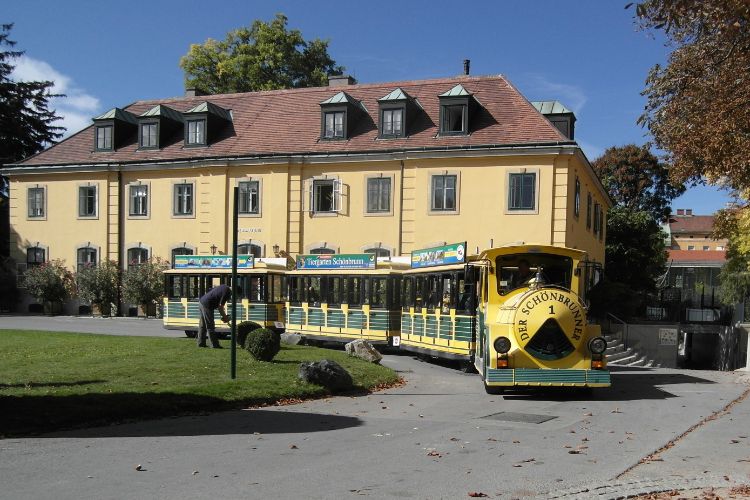
Tiergarten Schönbrunn
ViennaThe Schönbrunn Zoo (Tiergarten Schönbrunn, Vienna Zoo) is a zoo in Vienna that is considered to be the oldest surviving zoo in the world. The zoo was founded in 1752 and is located in the gardens of the former Schönbrunn Imperial Palace in Vienna. The eye-catchers of the Vienna Zoo are the giant pan 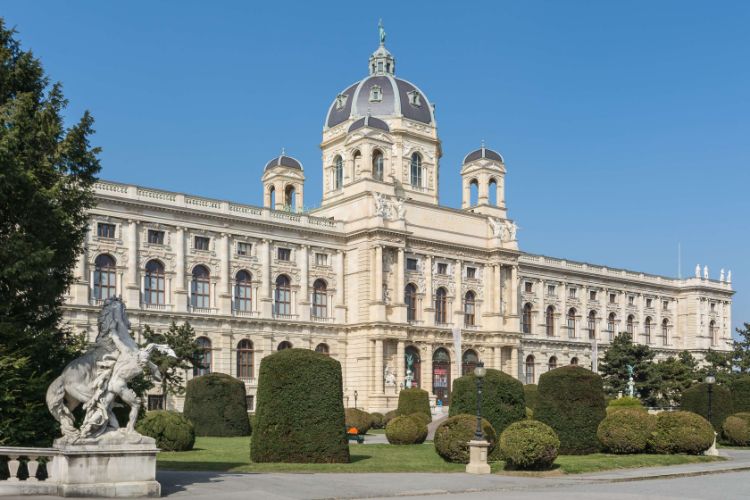
Natural History Museum
ViennaThe Natural History Museum in Vienna opened in 1889, and while originally it was meant to house the Habsburg's possessions, it became one of the most known museums dedicated to natural history. The figures and statues housed in the museum represent the progress in various fields of science over the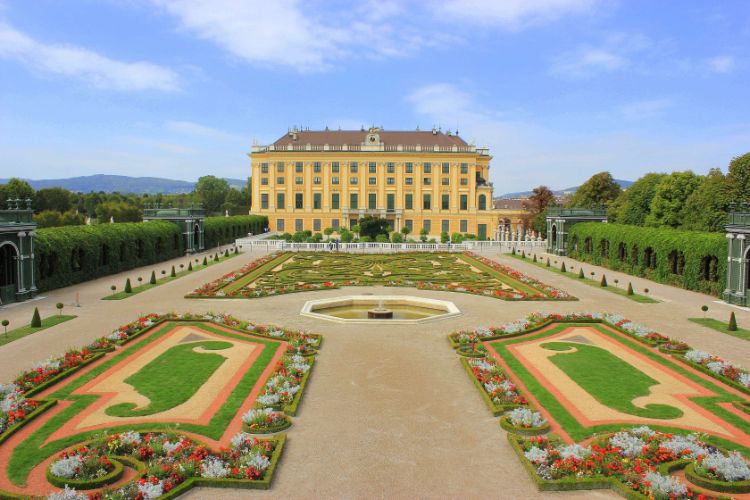
Schonbrunner Gardens
ViennaThese Baroque gardens cover approximately 120 hectares of land around the Schönbrunn Palace and are listed by UNESCO among the World Heritage sites. Visitors can take a stroll through the carefully designed flowerbeds, or get lost in the local maze. First entered by visitors in 1779, these gardens h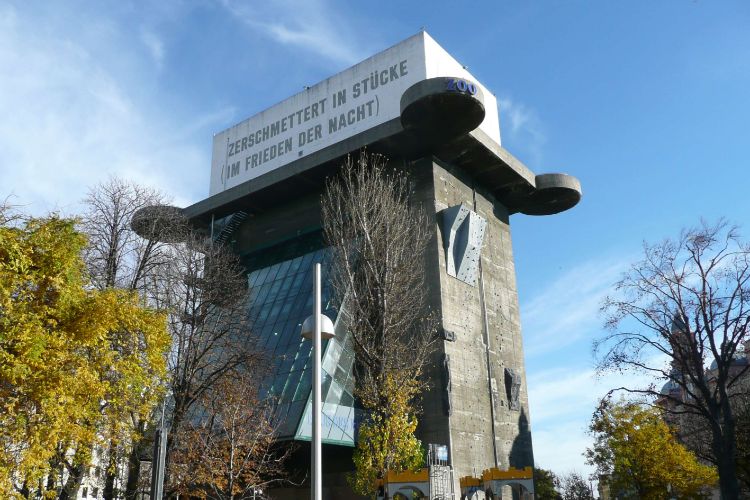
Haus des Meeres
ViennaThe Haus des Meeres in Vienna is a former defence tower used to stop bombers with flak cannons that is now turned into an ocean aquarium. Apart from fish and sea creatures, you will also see snakes, tortoises, birds and even monkeys. Climb to the top floor to get one the best views over Vienna from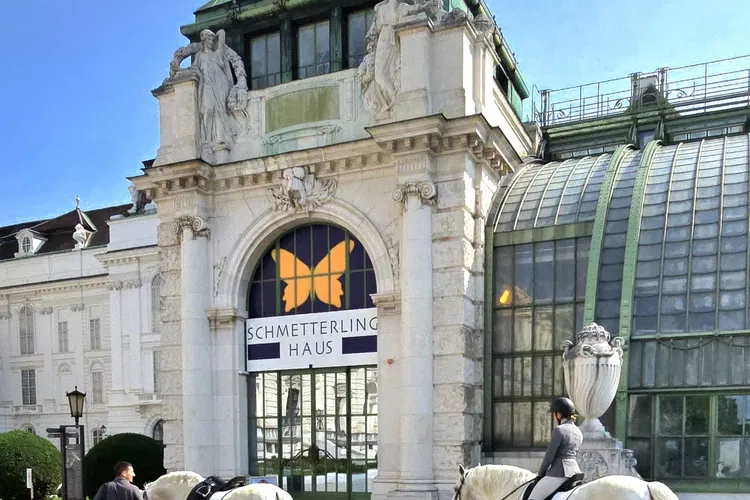
Butterflyhouse Hofburg Palace
ViennaThe Schmetterlinghaus, the Butterfly House in Vienna is a large historical Jugendstil greenhouse built in 1902 where you can experience hundreds of live free-flying tropical butterflies in a recreation of their tropical environment. It is part of the Imperial Hofburg Palace and open every day of the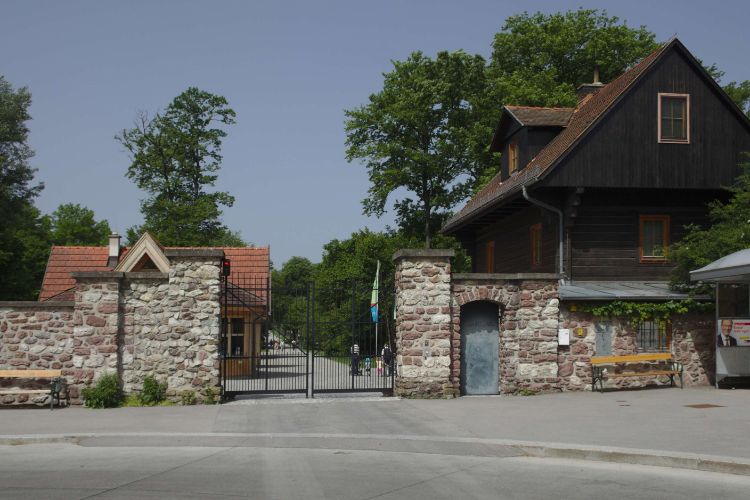
Lainzer Tiergarten
Vienna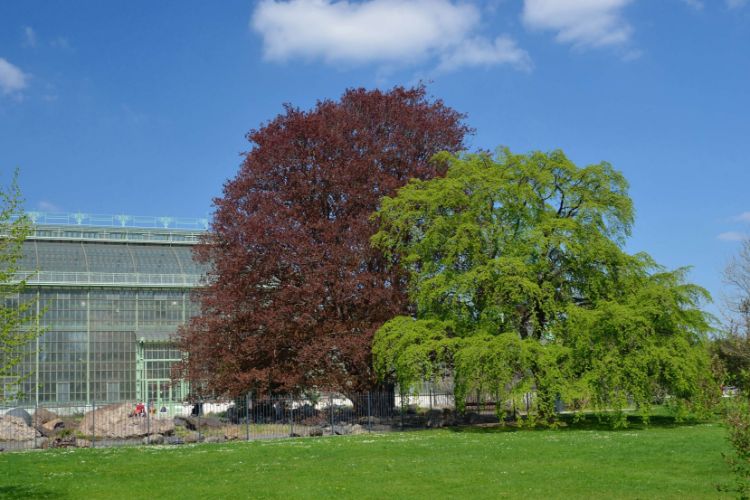
Schönbrunn Desert House
ViennaThe Schönbrunn Desert House is a desert botanical exhibit in Vienna that is located in the Sundial House that was built in 1904 and commissioned by Emperor Franz Joseph I based on designs by the architect Alfons Custodis for the overwintering of his botanical specimens from Australia and South Afric